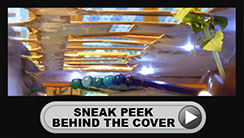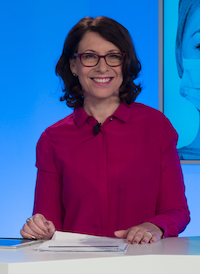
Claire Doole is a former BBC correspondent and international spokeswoman who is passionate about helping people communicate with confidence. Since 2006, she has successfully trained hundreds of professionals in the art of presenting and public speaking, talking to the media, managing communications in a crisis, and writing for the web. In addition, she has coached C-level executives and public figures to give powerful TEDx and TED style talks in Europe and the Middle East. A Swiss and UK national, Claire trains and coaches in French and English.
Claire is also a highly experienced moderator having facilitated panel discussions with government ministers, NGO activists, humanitarians and human rights specialists at major events.

By Claire Doole, Claire Doole Communications
"I am not really comfortable with storytelling. I don't see how I can use it in my work". This is a typical response from senior managers/executives to the idea of attending a storytelling workshop. And what's more, I understand where they are coming from. As a BBC journalist, I was a professional storyteller - every day looking for the nugget of gold that I could mine to tell a story about something that had changed in the world.
But telling other people's stories was much easier than telling my own. Journalists don't like being the centre of the story - it makes them, among other things, feel vulnerable. What I have learned as a trainer, moderator and coach is that storytelling is about sharing experiences – either your own or someone else’s - so that you connect and build rapport, trust and credibility with those around you.
Research shows that our brains are hardwired to listen and to tell stories. Stories are how we think, make meaning of life and explain how things work. They help us make decisions, persuade others, create identities and teach social values.
In a business or organisational setting storytelling helps to sell, educate, inspire and motivate. It is a strategic tool that can bring you closer to your colleagues, clients and peers and transform how you and your organisation are perceived.
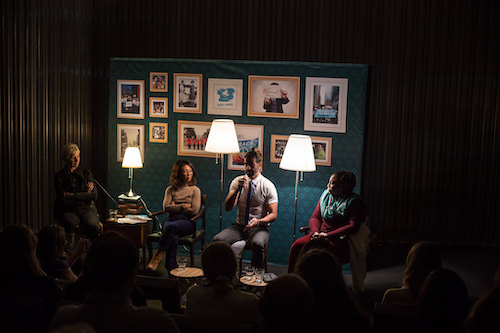
By Claire Doole, Claire Doole Communications
November 2019 blog
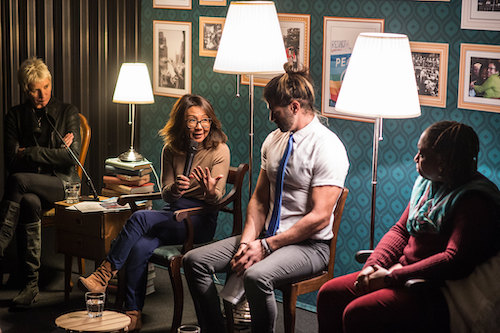
In presentation training we refer to STAR moments - something that the audience will always remember. Normally, this is something that is unusual or surprising such as Bill Gates making jokes and opening a jar of mosquitos to infect the audience at his TED talk on the need for more investment in combating malaria.
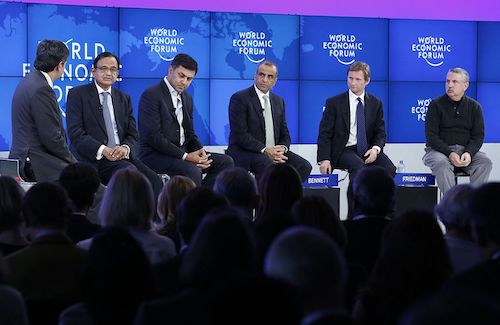
By Claire Doole, Claire Doole Communications
I vividly remember getting criticised on Twitter for moderating two "manels" - all male panels - during a half-day event at the European Parliament in Brussels some years ago. It would have been a "manference" - a conference where only men speak - if the organisers hadn't remembered to invite one woman to give a presentation.
The organisation, EU Panel Watch, was right to criticise. I should have refused to moderate the all male panels. Unfortunately, moderators rarely get a say in the selection of speakers. I now advise clients on how to design panels and conferences, which are diverse, balanced and engaging - these are the principles I applied when editing BBC radio and TV news programmes.
Still EU Panel Watch's latest annual report on women's representation and speaker diversity on policy panels in Brussels shows change is slow and much more effort is required.
In 2018, out of 1583 speakers at conferences the organisation monitored in the "Brussels bubble", only around one third were women - this held true for panels and keynote speeches. Shockingly, 26% of panels were all men and three quarters of them also had a male moderator. At these rates, EU Panel Watch estimates we can expect to see gender parity in 80 years!
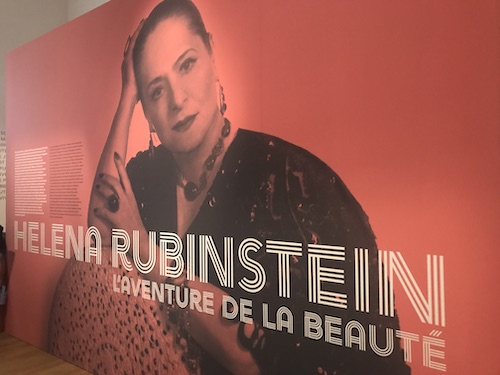
By Claire Doole, Doole Communications
Mounting an exhibition is one of the most challenging but potentially rich types of storytelling as you have the scope to appeal to the senses, of sight, hearing and sometimes touch. Curators must find a theme, and weave a red thread or "fil rouge" through the lives of their famous and talented subjects to create a story that gives deeper insight and meaning to their work.
Unfortunately, the exhibition "L'aventure de la beauté" about the life of Helena Rubenstein failed to bring alive the story of the woman who invented skincare and make-up as we know it.
As I went around the exhibition at the Museum of Art and Jewish History in Paris, I realised that there was no red thread drawing you in to a life that defied convention. It failed on several levels in the art of storytelling.
A logical structure that inspires interest
There are many ways to structure a story so that it is easy to follow:
• Geographically
• Chronologically
• Thematically
• Problem v Solution
• Challenge v Opportunity
The curators structured the story geographically: Krakow- Vienna- Melbourne- London-Paris- New York - Tel Aviv. This is fine as a concept, but the story became very disjointed and confusing as Helena travelled back and forth between many of these cities during her 93 years.
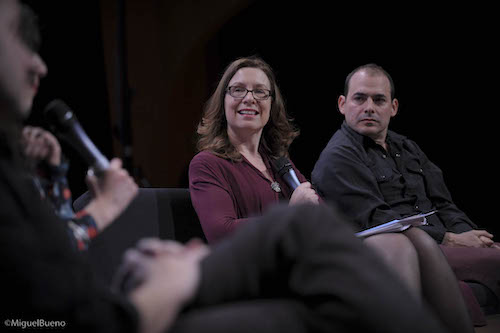
Photo: Miguel Bueno, Human Rights Film Festival
By Claire Doole, Claire Doole Communications
In everyday conversation, we often lead up to the point we want to make but when we are taking questions after a presentation, in a job or media interview then we want to do exactly the opposite!
Why is this? Because we want to be clear and concise and show with confidence we know the answer. And in a live broadcast interview, if the journalist suspects you are avoiding the question, they will interrupt and ask why you are not answering the question. So your reputation depends on getting to the point quickly.
Recently I watched some pre-recorded interviews done by CNN Money in Switzerland. As the Geneva Conventions turn 70, the programme asked whether this is a cause for celebration or concern? The reporter did 3 interviews with experts on whether the Conventions on respecting the rules of war are still relevant.
They illustrate 3 different ways of answering a question. Which one do you think is most effective?





